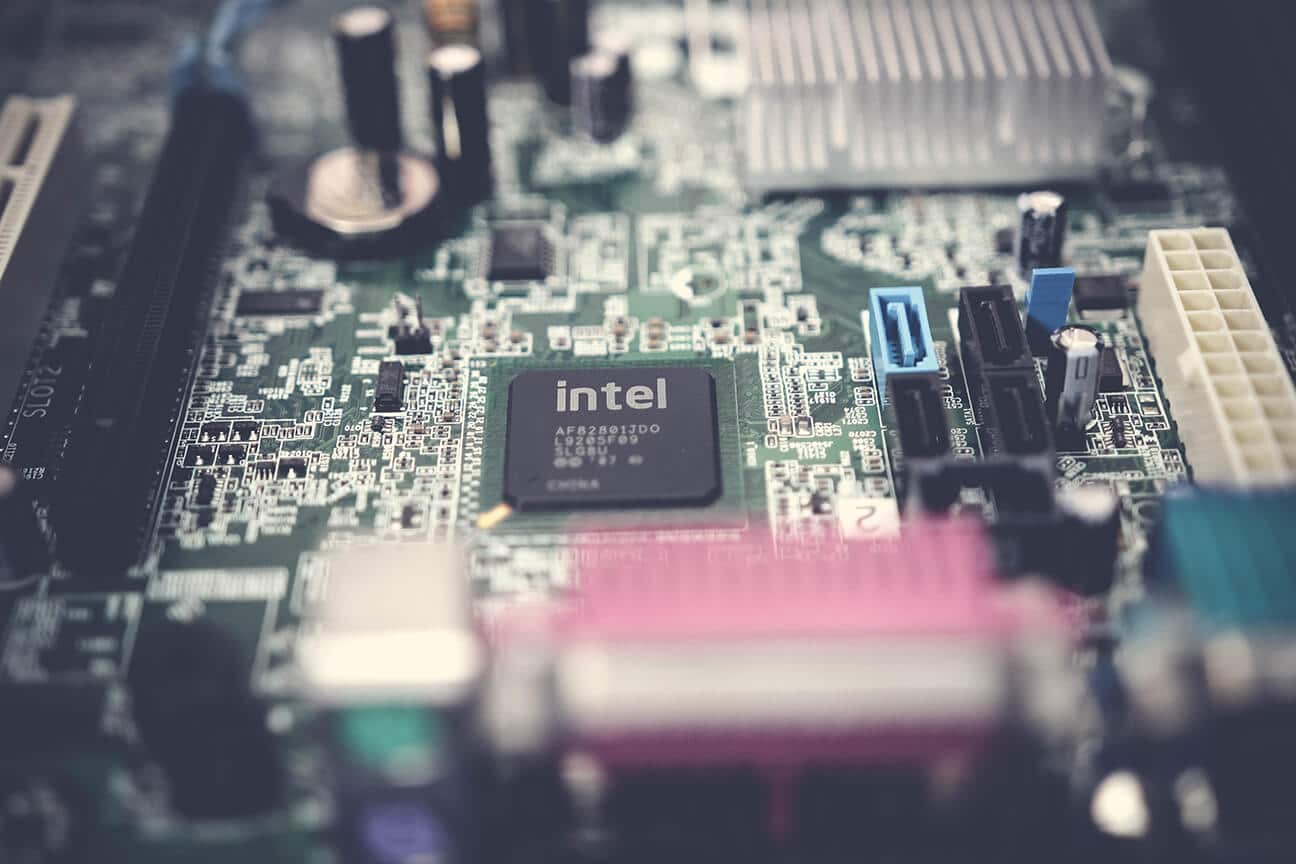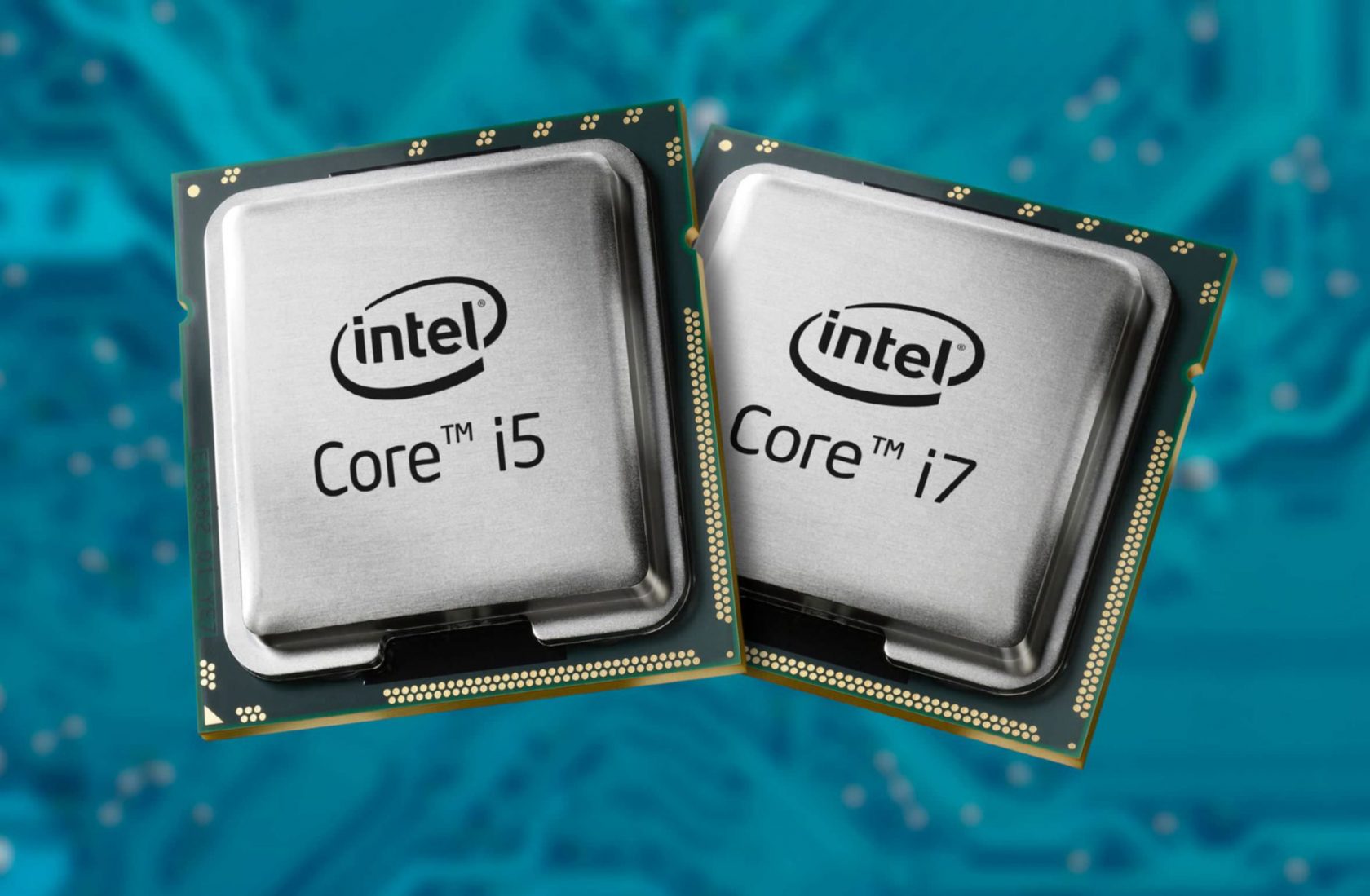Intel i5 and i7 are the two most popular processors available in the market. While i5 is a more budget-friendly device, i7 is usually considered a high-tier processor capable of better performance. So, what is the major difference between i5 and i7 Processors? The processor is the brain of any motherboard which performs all the calculations. These processors are manufactured by Intel, which holds approximately 3/4th of the processor market. Until the launch of Apple’s own Silicon, Intel and AMD were the only manufacturers of processors for desktops and laptops. Intel is a popular choice of manufacturers as it was cheaper and more power-economic than AMD.
i5 Processors
Like mentioned earlier, i5 is a budget-friendly, mid-tier processor that is capable of multitasking smoothly. It is widely used in laptops and desktops and, when paired with a good graphics card, can perform graphic-intensive tasks.
Advantages of i5 Processors
Let us look at the benefits of the i5 Processor:
- Although it is considered a mid-tier processor, it is capable of high-speed performance.
- It supports turbo boost technology, which allows it to overclock when required resulting in higher clock speeds.
- It is based on 64-bit architecture, which means it can handle more data.
Disadvantages of i5 Processors
- High data visualization is not supported by i5 processors, which means high-quality images and video graphics is not supported.
- Consumes more power than i7 Processors when overclocking.
Check out the latest i5 Processors here.
i7 Processors
i7 is identified as a high-end performer and is capable of extreme performance when intensive applications are involved. It can run a plethora of applications and games smoothly without any lags or frame drops. It is a bit expensive and usually preferred by video editors, gamers, and most artists who want to render 3d graphics. Anyone who prioritizes performance usually preferred i7 over i5.
Advantages of i7 Processors
Let us look at the benefits of the i7 Processor:
- It offers incredible performance with larger amounts of cache.
- Better multi-threading performance as it supports hyper-threading.
- Better speeds are achieved through Turbo Boost.
- Less power consumption as they don’t need to overclock as often as i5 Processors
Disadvantages of i7 Processors
- Great performance comes at a cost. i7 processors are expensive.
- They consume more power than other processors of a similar segment.
- Works with DDR3 memory or higher. Can increase the budget if the motherboard supports older generations of memory.
- Multithreading is supported by a few programs. So, there is not much of a performance gain for an average user.
Check out the latest i7 Processors here.
Recommended: What’s the Difference Between i5 and i7 Processors – Which One to Buy?

Difference between i5 and i7 Processors
| i5 Processors | i7 Processors | |
|---|---|---|
| Bus Type | i5 uses DMI Bus | i7 uses QPI Bus |
| Architecture | i5 Processors are available in 2 and 4 core options | i7 Processors are available in 2, 4 and 8 core options |
| Hyperthreading | i5 does not support hyperthreading | i7 supports hyperthreading |
| Cache | Size ranges from 3MB to 6MB | Size ranges from 4MB to 8MB |
Differences between the Generations of Processors.
Generation in the case of processors was introduced after the Core I series was released. The highlighted difference in the generations is the processor micro-architecture. Here is a detailed description of the different generations and their architecture:
The First Generation (Nehalem) – 2008
- Process: 45nm
- Socket: 1156 LGA
- RAM Support: DDR3 1066 MHz (2 Channel)
- Intel Turbo Boost Version 1.0
The Second Generation (Sandy Bridge) – 2011
- Process: 32nm
- Socket: 1155 LGA
- RAM Support: DDR3-1066 MHz (2 Channel)
- Intel Turbo Boost Version 2.0
- Performance Improvement: 11.3%
The Third Generation (Ivy Bridge) – 2012
- Process: 22nm
- Socket: 1155 LGA
- RAM Support: DDR3 (1333-1600) MHz
- Intel Turbo Boost Version 2.0
- Performance Improvement: 3-6%(CPU), 25-68%(GPU)
- Energy Efficiency: 50%
The Fourth Generation (Haswell) – 2013
- Process: 22nm
- Socket: 1150 LGA
- RAM Support: DDR4
- Intel Turbo Boost Version 2.0
- Performance Improvement: 3-8%
The Fifth Generation (Broadwell) – 2014
- Process: 14nm
- Socket: 1150 LGA
- RAM Support: DDR3L (1333-1600) MHz
- Intel Turbo Boost Version 3.0
The Sixth Generation (Skylake) – 2015
- Process: 14nm
- Socket: 1151 LGA
- RAM Support: DDR4 2133 MHz
- Intel Turbo Boost Version 3.0
The Seventh Generation (Kaby Lake) – 2016
- Process: 14nm
- Socket: 1151 LGA
- RAM Support: DDR3L-1600/ DDR4-2400 MHz
- Intel Turbo Boost Version 3.0
The Eighth Generation (Kaby Lake R) – 2017
- Process: 14nm
- Socket: 1356 BGA
- RAM Support: DDR4 2666 MHz
- Intel Turbo Boost Version 3.0
The Ninth Generation (Coffee Lake Refresh) – 2017
- Process: 14nm
- Socket: 1151 LGA
- RAM Support: DDR4 2666 MHz
- Performance Improvement: 26%
- Intel Turbo Boost Version 3.0
The Tenth Generation (Ice Lake/Comet Lake) – 2019
- Process: 10nm
- Socket: 1526 BGA
- RAM Support: DDR4-3200/ LPDDR4X-3733 MHz
- Intel Turbo Boost Version 3.0
The Eleventh Generation (Tiger Lake/Rocket Lake) – 2021
- Process: 14nm
- RAM Support: LPDDR4X-4267/ LPDDR5-5400 MHz
- Intel Turbo Boost Version 3.0
- Performance Improvement: 30%
The Twelfth Generation (Alder Lake) – 2021
The 12th Generation of Intel Processors is under development and is expected release by the end of the year 2021. Although, no information is official at the current time, there are rumours that the new chipset may be a redesign on the 10nm architecture.
The major difference in the performance lies in the process size of the processor. The process size refers to the size of the smallest(possible) element of the processor. So, the lower the size, the better the performance.

Who should buy i5?
i5 chipsets are suitable for anyone with light to moderate usage. These chips are also suitable for entry-level gaming. It can run high-demand apps too, but it might not be as fast as expected.
Who should buy i7?
i7 processors are suitable for professionals who have moderate to high-performance dependency. Be it video editing software or high-demand games, great performance can be expected out of this processor.
These are the technical difference between i5 and i7 Processors and should be kept in mind when purchasing a system.

